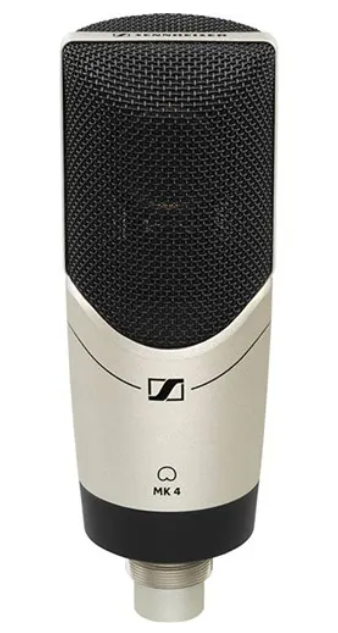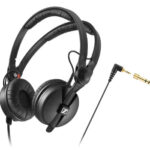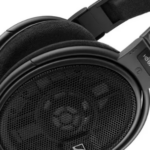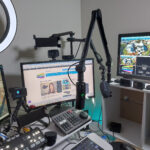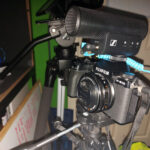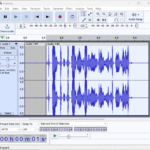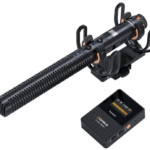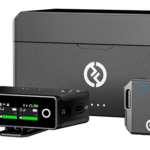By Graeme Hague
The Sennheiser MK4 condenser microphone has been around for a while now, making its debut at NAMM in 2011, and it’s the perfect example of “if it ain’t broke, don’t fix it.” Although describing the MK4 as simply not broken is a grave injustice.
It’s a one-inch, cardioid-pattern condenser microphone, side-address using a gold-plated diaphragm, with a listed frequency response of 20Hz to 20kHz. It was the first microphone of this type to be released by Sennheiser, but these days those kind of specs put the MK4 in a very crowded category indeed. So, it comes down to the important stuff as to whether it stands out from the crowd or has become just another also-ran in a competing field of sub-AUD$450 microphones that rivals the Boston Marathon.
First impressions are good. The MK4 is built like a tank with a solid metal casing and mesh that will take some punishment—within reason, of course. Manufactured in Germany, it’s worth mentioning that the MK4 is “built alongside” high-end microphones like Neumann and others, so you can be sure that quality control is of the highest level. It comes with a standard mount, which makes sense because the wide range of applications you can throw at this microphone means that a suspended shock-mount often isn’t going to practical.
And that’s where the MK4 really shines—its versatility. The voicing of the MK4 when you connect straight it into any USB audio interface (as against a dedicated microphone pre-amp) is nice and flat until it starts to kick up a little after about 2.5kHz which gives the MK4 a pleasing edge that adds clarity to vocals and immediately had me dragging out the acoustic guitar. The result was as I’d hoped. That voicing did a great job of reproducing the bright, natural sound of my Epiphone with phosphor bronze strings. At the same time, the MK4 isn’t overly sensitive. It doesn’t sound overwhelmed when things get loud. At a sensible distance from a fairly crunchy guitar amplifier the MK4 had no problem at all.
Around the drumkit, the MK4 is best suited for overheads. Its physical size and that side-address will be hard to sneak next to the toms or snare anyway—and let’s be honest, there are plenty of microphones purpose-designed for the job—but that frequency response will give clean, clear cymbals. Mind you, weighing in at just under 500 grams you’ll need some solid, dependable microphone stands.
But enough of the project studio geekery. How does it work as a straightforward voice-over or podcasting microphone? Well, as I said, the slight tweak in the higher frequencies adds intelligibility to spoken-word vocals, and the cardioid pattern will let the MK4 function well as a “group” microphone with two or three people sitting in front of it, but of course the efficiency of the microphone can start to work against you with picking up ambient noise.
Likewise, with close vocals whether you’re singing or doing voice-overs, you’ll need to invest in a good pop-filter. Any one-inch diaphragm worth its weight in … ah, gold … will be sensitive to plosives and a pop filter is a must.
At a recommended retail price of AUD$419 the MK4 is excellent value, not just for the quality of microphone you’re getting but also for that workhorse versatility. The MK4 will take in its stride almost any job you throw at it, and you’ll have impressive results.
Don’t be surprised if the MK4 turns into your go-to microphone before anything else.
For more info, go to https://en-au.sennheiser.com/mk-4
Addendum: I have just heard back from Sennheiser and they tell me “The microphone is actually internally shock-mounted, just like a stage mic, and does not necessarily need a suspension shock-mount.
As many people like the looks of such an external mount, you can get one for the MK 4, too, as an accessory. This shock-mount is open at one side so that you can bring the mic closer to e.g. a guitar amp.”
Great news! Thanks Sennheiser for the clarification!

